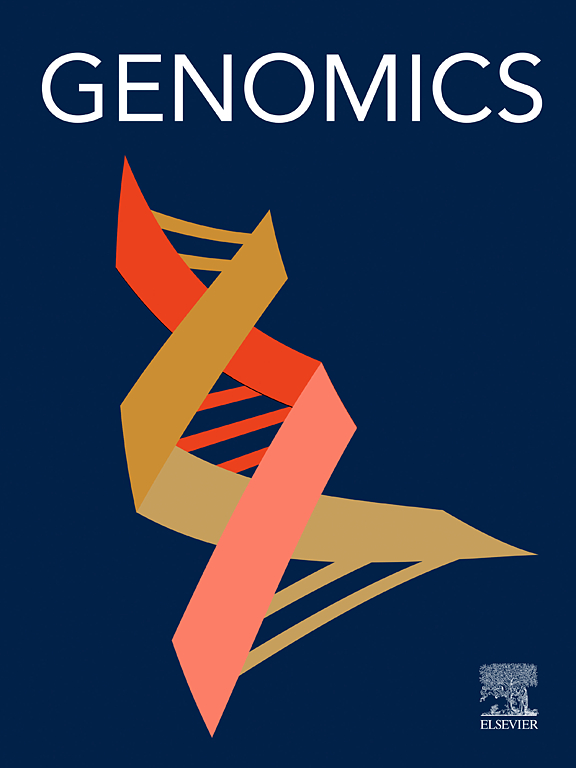Ferulic acid mediates Mongolian horse skeletal muscle fiber remodeling through PDK1
IF 3
2区 生物学
Q2 BIOTECHNOLOGY & APPLIED MICROBIOLOGY
引用次数: 0
Abstract
Ferulic acid (FA), a natural antioxidant and major active component in Angelica sinensis, has beneficial effects on skeletal muscle health; however, its role in modulating muscle fiber type composition Mongolian horse remains unclear. In this study, we found that FA promotes the proliferation of Mongolian horse skeletal muscle satellite cell (MuSCs), upregulates the expression of fast-twitch muscle marker genes (e.g., MYH2), and downregulates the expression of slow-twitch markers (e.g., MYH7). RNA-seq revealed that FA activates the HIF-1 signaling pathway, significantly increasing PDK1 expression. Molecular docking analysis demonstrated that FA directly binds to PDK1, thereby facilitating the switch from slow- to fast-twitch muscle fibers. Functional assays using PDK1 knockdown and overexpression confirmed its regulatory role in muscle fiber type specification. Furthermore, RNA-seq and protein–protein interaction (PPI) network analyses indicated that PDK1 interacts with LDHA and IL6 to influence glycolysis and muscle contraction-related pathways. A feeding experiment further validated that FA promotes the transition toward fast-twitch muscle fibers in vivo. Collectively, our findings uncover a novel mechanism by which FA regulates muscle fiber type transformation through the HIF-1/PDK1 signaling axis.
阿魏酸通过PDK1介导蒙古马骨骼肌纤维重构。
阿魏酸(FA)是当归中的天然抗氧化剂和主要活性成分,对骨骼肌健康有益;然而,其在调节蒙古马肌纤维类型组成中的作用尚不清楚。在本研究中,我们发现FA促进蒙古马骨骼肌卫星细胞(MuSCs)的增殖,上调快肌标记基因(如MYH2)的表达,下调慢肌标记基因(如MYH7)的表达。RNA-seq结果显示,FA激活HIF-1信号通路,显著增加PDK1表达。分子对接分析表明,FA直接与PDK1结合,从而促进从慢肌纤维到快肌纤维的转换。使用PDK1敲低和过表达的功能分析证实了其在肌纤维类型规范中的调节作用。此外,RNA-seq和蛋白蛋白相互作用(PPI)网络分析表明,PDK1与LDHA和IL6相互作用,影响糖酵解和肌肉收缩相关途径。饲养实验进一步证实了FA在体内促进快速肌纤维的转变。总的来说,我们的发现揭示了FA通过HIF-1/PDK1信号轴调节肌纤维类型转化的新机制。
本文章由计算机程序翻译,如有差异,请以英文原文为准。
求助全文
约1分钟内获得全文
求助全文
来源期刊

Genomics
生物-生物工程与应用微生物
CiteScore
9.60
自引率
2.30%
发文量
260
审稿时长
60 days
期刊介绍:
Genomics is a forum for describing the development of genome-scale technologies and their application to all areas of biological investigation.
As a journal that has evolved with the field that carries its name, Genomics focuses on the development and application of cutting-edge methods, addressing fundamental questions with potential interest to a wide audience. Our aim is to publish the highest quality research and to provide authors with rapid, fair and accurate review and publication of manuscripts falling within our scope.
 求助内容:
求助内容: 应助结果提醒方式:
应助结果提醒方式:


